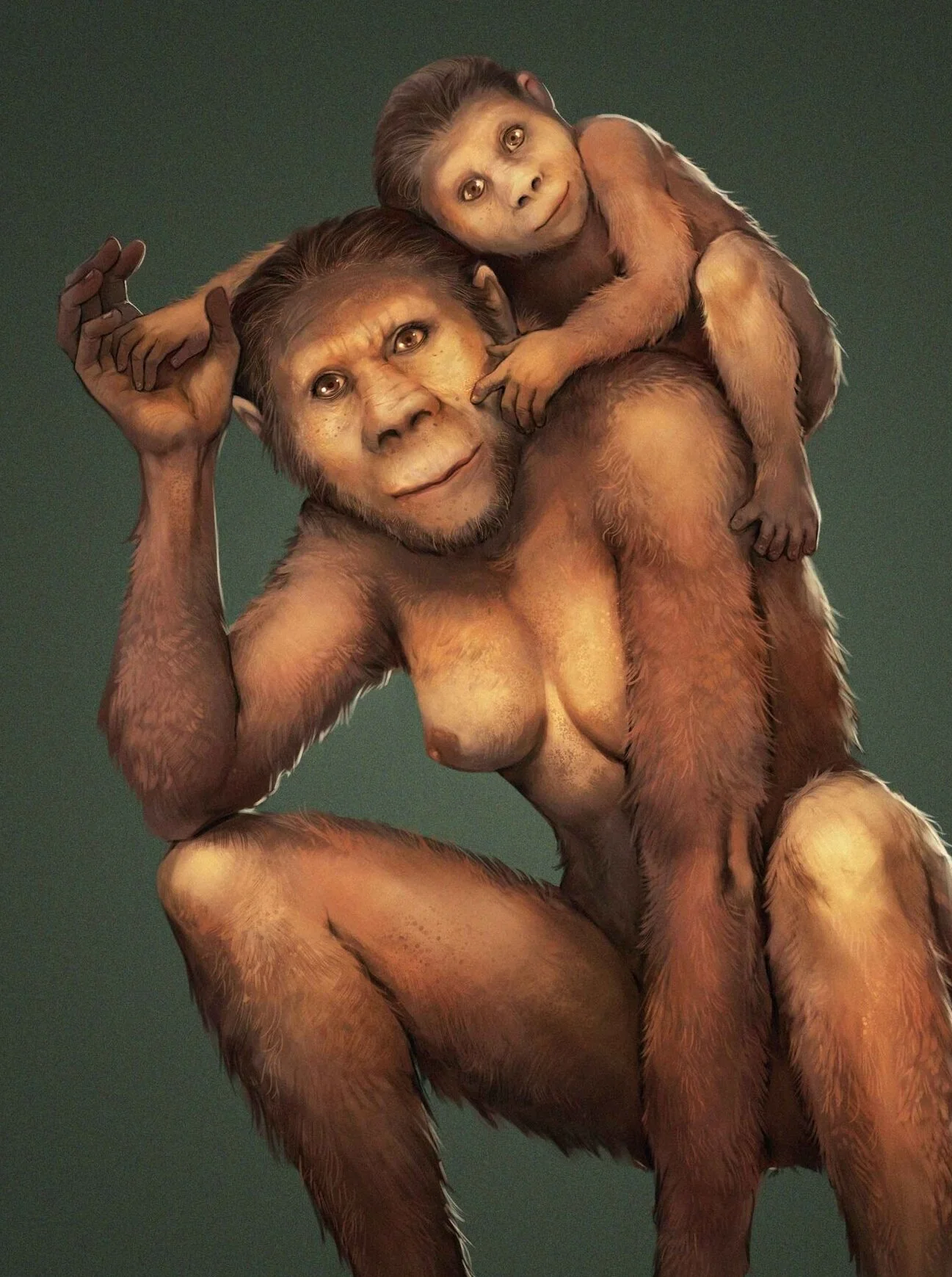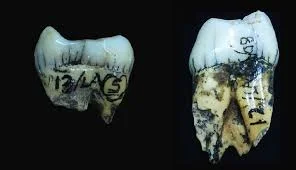Prof RENAUD JOANNES-bOYAU
GARG GROUP LEADER & HEAD OF BIOMICS FACILITY
Military Rd, Lismore, 2480, NSW
T +61 2 6620 3271
E renaud.joannes-boyau@scu.edu.au
PROFESSIONAL PROFILE
Professor Renaud Joannes-Boyau’s research focuses on the development and application of direct dating methods and micro-analytical techniques to key questions in archaeological sciences, such as the timing of human evolution, hominid ecological niche, diet and early life history. His research is concerned with the understanding of mobilisation, incorporation and diffusion of isotopes, trace element and radionuclides onto fossil remains. Renaud has made a significant contribution to geochronology and geochemistry applied to human evolution, with the dating of key fossils (e.g. early Homo sapiens from Jebel Irhoud, Homo naledi..) and the geochemical imaging of extinct hominins.
SELECTED PUBLICATIONS
5-Year Journal Impact Factors (JIF) and journal quartile (Q) were obtained from Journal Citation Reports (ISI Web of Knowledge). Number of citations (C) were obtained from Google Scholar. LINK to download the paper
Joannes-Boyau, R., Adams, J.W., Austin, C., Arora, M., Moffat, I., Herries, I.R., Tonge, M., Benazzi, S., Evans, A., Kullmer, O., Wroe, S., Dosseto, A., Fiorenza, L. / Elemental signatures of Australopithecus africanus teeth reveal seasonal dietary stress. Nature 572, 112–115 (2019). LINK
This study was a paradigm shift in our ability to extract early life history using geochemical markers in human remains. Using a comprehensive multimodal imaging analytical technique, we were able to investigate the breastfeeding habit of our earliest ancestors, discover the link between lithium and fall-back food to fight protein deficiency during famine. As well as the geochemical signal of strontium isotopes and barium isotopes for early life reconstruction.
Richter, D., Grün, R., Joannes-Boyau, R., Steele, T., Amani, F., Rué, M., Fernandes, P., Raynal, J-P., Geraads, D., Ben-Ncer, A., Hublin, J-J., McPherron, S., (2017). The Age of the Jebel Irhoud (Morocco) hominins and the origins of the Middle Stone Age. Nature 546, 293–296. LINK
This paper changes completely our understanding of Human origin and expansion. The research highlights the dating of the oldest early Homo sapiens, using our methodological breakthrough.
Westaway, K.E., Louys, J., Due Awe, R., Morwood, M.J., Price, G.J., Zhao, J.-x., Aubert, M., Joannes-Boyau, R., Smith, T., Skinner, M.M., Compton, T., Bailey, R.M., van den Bergh, G.D., de Vos, J., Pike, A.W.G, Stringer, C., Saptomo, E.W., Rizal,Y., Zaim, J., Santoso, WD., Trihascaryo, A., Kinsley, L., Sulistyanto, B. (2017). An early modern human presence in Sumatra at 73-63 kyr. Nature 548, 322–325. LINK
Provided the oldest evidence of anatomically modern humans in Southeast Asia at 73-63 ka. This ages have important repercussion for the out-of-africa model.
Joannes-Boyau, R., Grün, R. (2011). A comprehensive model for CO2− radicals in fossil tooth enamel: Implications for ESR dating. Quaternary Geochronology 6, 82-97. LINK
The paper reported on the new methodological breakthrough allowing the accurate ESR dating of fossil teeth, by unveiling the misinterpretation of the compound ESR signal in the fossil teeth.
Austin, C., Smith, T., Bradman, A., Hinde, K., Joannes-Boyau, R., Bishop, D., Hare, D., Doble, P., Eskenazi, B., Arora, M. (2013) Barium distributions in teeth reveal early life dietary transitions in primates. Nature 498, 216-219. LINK
This paper described for the first time the use of geochemical tracers in fossil teeth to establish the breastfeeding habits of extinct species, in particular in Homo neanderthalensis offspring.
SELECTED RESEARCH GRANTS & AWARDS
ARC Discovery grant (2021) Decoding the geochemical record of early human fossils
ARC Discovery grant (2021) Early art, culture and occupation along the northern route to Australia
ARC LIEF grant (2020) A new Frontier in Geoscience (facility upgrade with a Multicollector ICPMS linked to Laser ablation)






